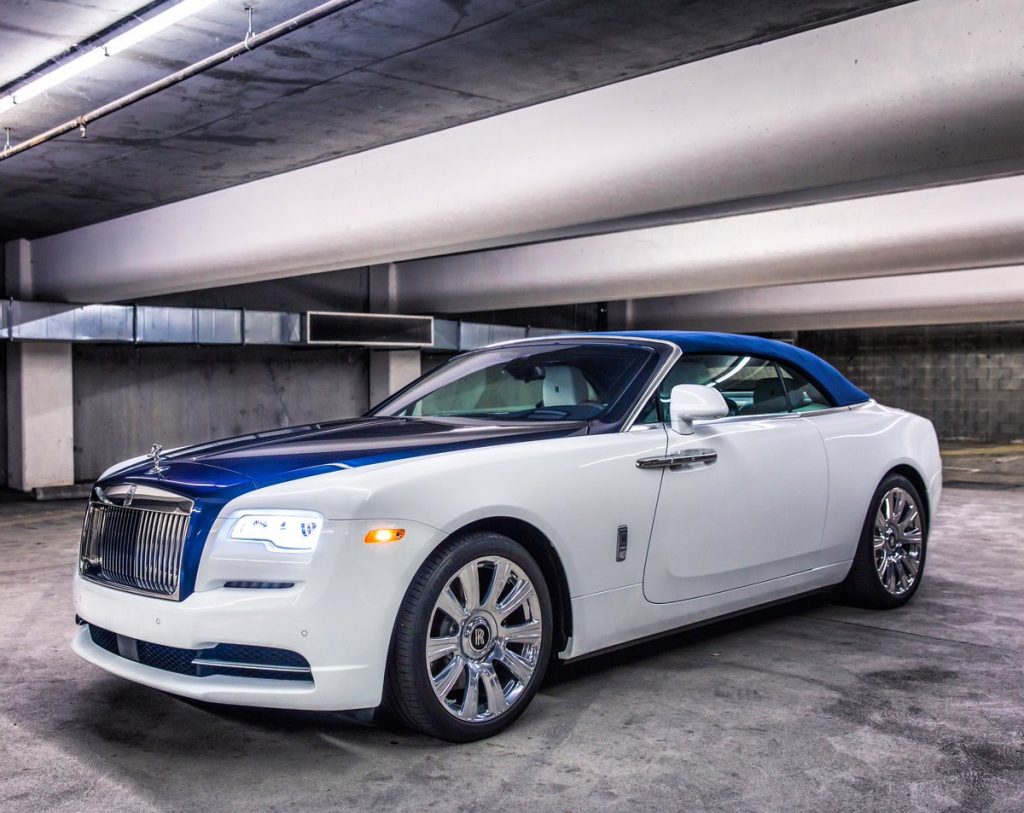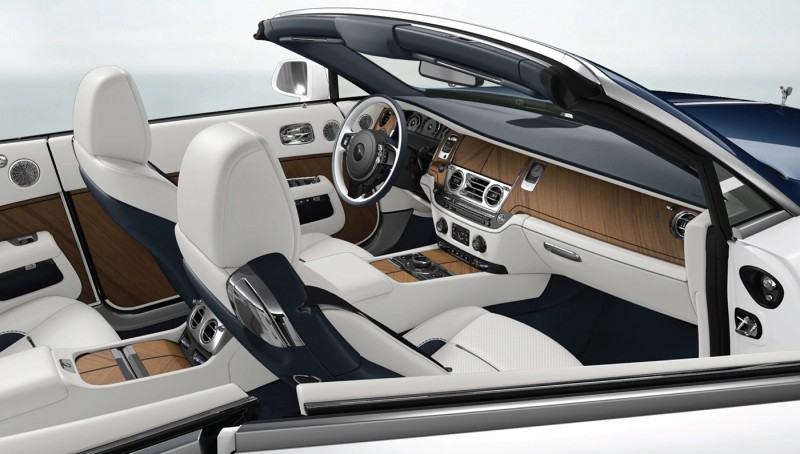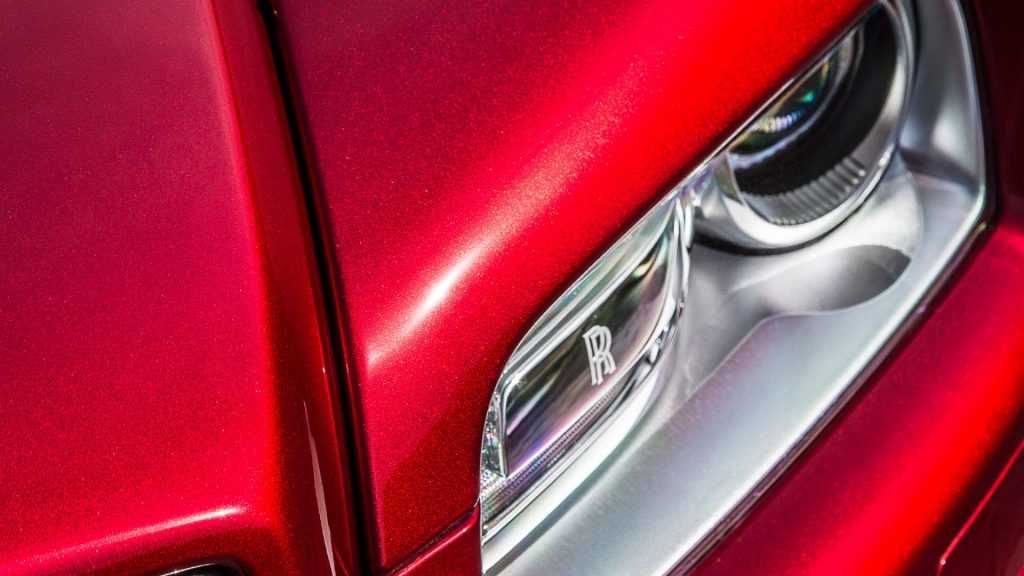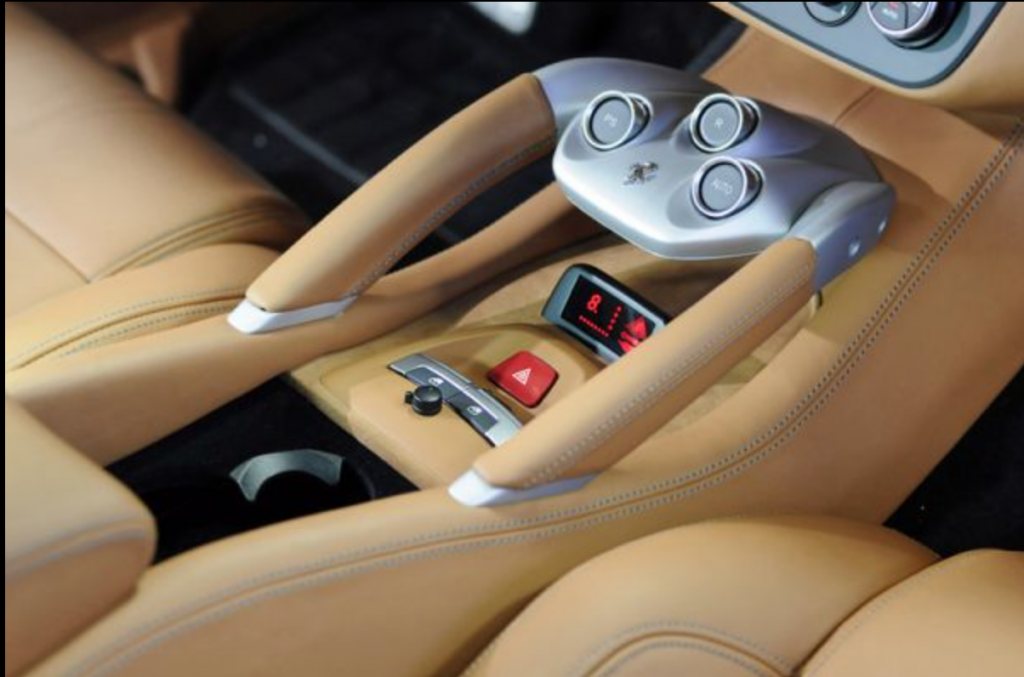In 2016 Torsten Müller-Ötvös, the CEO of Rolls-Royce, shared how embracing new technologies, including 3D printing, is his strategy for the company’s survival.
Sales figures for 2016 show just how successful this custom-made approach is, as Rolls-Royce sold over 4,000 cars for only the second time in history.
Total sales of Rolls-Royce cars are a 6% increase on 2015, the UK being the highest increase in demand by in 26%, and the US by 10%.
The personal touch
According to Rolls-Royce, “Today, practically every motor car that leaves the Home of Rolls-Royce in Goodwood, England is Bespoke.” In a retrospective of the best Rolls-Royce models of 2016, custom touches to their models include everything from the exterior paintwork, to the interior dashboard, fittings and upholstery.
One model, the Nautical Dawn, was custom-made for the Pebble Beach Concours d’Elegance 2016 car show.

The bespoke teak dashboard of the Nautical Dawn is inlaid with a clock based on the commissioning customer’s favourite watch. Details match those of a Rolex Yachtmaster. As the design of Rolex watches is patented it is entirely possible, and perhaps preferable, that the clock could have been reverse engineered from a 3D scanned model of the customer’s exact Yachtmaster watch. And 3D printed models would be useful for the prototyping process.

As all bespoke Rolls-Royces are based on existing car types, (The Dawn, Phantom, Ghost etc.) the company undoubtedly will have engineered the personal touches into existing 3D CAD models of the cars too. But the real 3D printing potential lies in the new Phantom model which is set to launch in 2018.
A new Phantom approaches
The House of Rolls-Royce campaign is a video series exploring the company’s history. In Chapter I: The Spirit of Ecstasy Rolls-Royce use 3D scanning to render the first Silver Ghost model.
In 1907, this car was dubbed ‘The Best Car in the World’ after completing the 14,371-mile Alpine Trial motorcar endurance rally. These videos track 110 years in car manufacturing, leading up to the launch of a new Phantom saloon model.
Animation of the Silver Ghost. Clip from Chapter I: The Spirit of Ecstasy.
The current Phantom hasn’t been remodeled since 2003. Since 2012 however, the German BMW Group (ETR:BMW) who own Rolls-Royce, have been additively manufacturing parts for it in a dedicated additive manufacturing facility at their Research and Innovation Center in Munich.
As of July 2016, BMW had 3D printed 10,000 parts for the of the Rolls-Royce Phantom. 3D printed parts of the Phantom for the moment seem exclusively to be plastic components; holders for hazard-warning lights, lock buttons, parking brakes and sockets, though for Rolls-Royce clientele these components would not be beyond customisation.

The automotive manufacturer is not the only company in the luxury car industry to use 3D printing. One source, who preferred to remain anonymous, told us how their 3D printing company had made a number of components for a high end sports vehicle.
Another company, the New York based car customizers Ai Design, are an independent enterprise using Stratasys 3D printers to produce unique products for their customers’ cars. They work with a range of high-end car models, including Porsche, BMW, Bentley and Ferrari – for which they 3D printed a custom addition the Ferrari FF’s interior.

Though exact details of the Phantom’s production are so far under wraps, 3DPI are looking forward to see which new technologies Rolls-Royce may implement in the new design.
Nominations for the 1st Annual 3D Printing Industry awards are now open.
Featured image shows a teaser of the new Phantom model in the company’s House of Rolls-Royce campaign. Via: RollsRoyceMotorCars on Facebook



